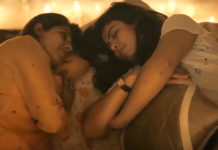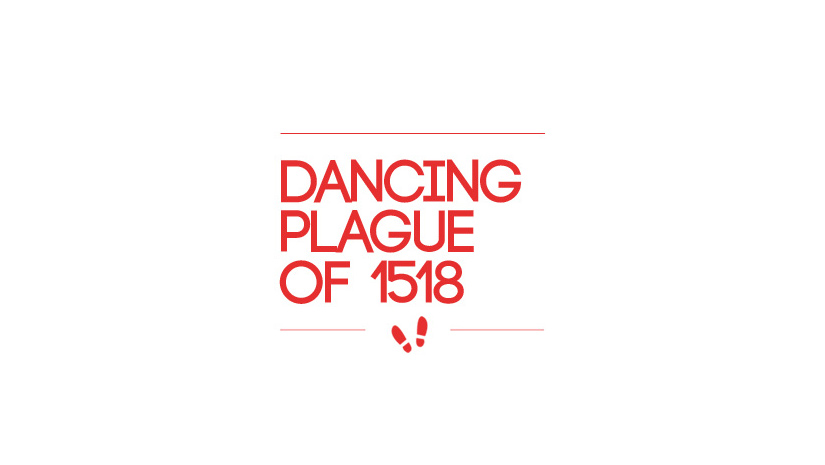Imagine a city full of people dancing for apparently no reason and they do not seem to be exhausted; and it is being apparently “spread” from person to person- literally dancing- no convulsing or spasms. Its bizarre, right? But it’s true. In July 1518, residents of Strasbourg (then part of the Holy Roman Empire) were struck by this sudden and seemingly uncontrollable urge to dance. This hysteria kicked off when a woman, Frau Troffea stepped into the street and began twisting, twirling and shaking for nearly a week. By the end of the week about 36 people joined and then by the end of the month there were as many as 400 people dancing on the streets.
With no proper explanation for the phenomenon, local physicians blamed it on “hot blood” and suggested the afflicted simply gyrate the fever away and for this a stage was constructed and few professional dancers were brought and a band to provide background music was hired, but then the dancing started to take its toll, where in many dancers collapsed from sheer exhaustion, from strokes and heart attacks later the dancers were whisked away to a mountaintop shrine to pray for liberty.
It’s well documented in 16th century historical records. It’s also not the only known incident of its kind. Similar manias took place in Switzerland, Germany and Holland, though few were as large—or dead—as the one triggered in 1518. There have been many explanations, but the most likely of them is that of historian John Waller- he explained that stress-induced psychosis as the reason.
Having suffered severely from famine, and in many cases wiped out and reduced to begging, the region was in an ongoing crisis.
Many had died of starvation. The area was riddled with diseases, including smallpox and syphilis. Waller believes the stress was intolerable, and hence a mass psychological illness resulted. St. Vitus, a Catholic saint who pious 16th century Europeans believed had the power to curse people with a dancing plague. When combined with the horrors of disease and famine, both of which were tearing through Strasbourg in 1518, the St. Vitus superstition may have triggered a stress-induced hysteria that took hold of much of the city.
Other theories have suggested the dancers were members of a religious cult, or even that they accidentally ingested ergot, a toxic mold that grows on damp rye and produces spasms and hallucinations.It was a superstitious time. From the sound of it, these people didn’t have much left in their lives but superstition.
By: Archa Dave





























